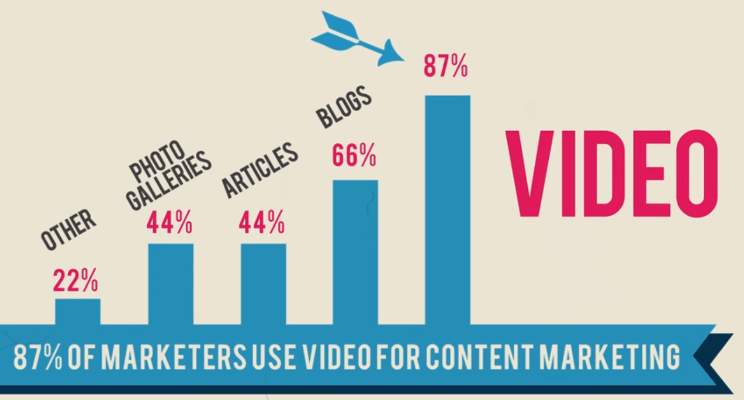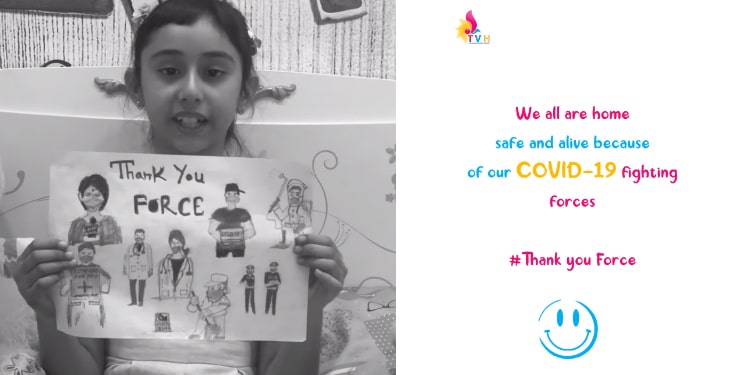From producing blockbuster films to ensuring video games become addictive hits, a plethora of visual effects work behind the scenes to create an immersive experience that leaves a lasting impact on the viewers. The digital entertainment landscape, encompassing both gaming and films, has undergone significant evolution with the introduction of numerous digital technologies in the VFX era. To captivate audiences, a myriad of technologies come into play, with Computer-Generated Imagery (CGI) standing out as a paramount technique..
CGI, or Computer-Generated Imagery, plays a pivotal role in transforming creative visions into reality on the screen. It serves as a secret weapon for making blockbuster films and ensuring video games become irresistibly addictive. In this article, we will understand what is CGI effects and see how they add that extra wow factor to our entertainment.
What is CGI Effects
CGI stands for Computer-Generated Imagery. It refers to the use of computer graphics to create or contribute to images, videos, and animations in various media, such as movies, television shows, video games, and advertisements.
From the mesmerising scenes of superhero showdowns in Marvel films to the pulse-pounding action sequences in PUBG, CGI emerges as the unifying force that elevates the visual experience, offering a delightful feast for our eyes.
The Rise of CGI Films in the 21st Century: Exploring the Future
The 21st century has witnessed a remarkable increase in the use of Computer Generated Imagery (CGI) in the film industry. In the current landscape, CGI and animation films have become the preferred choices for filmmakers due to their cost-effectiveness and the creative freedom they offer. Major film franchises, such as the Marvel Cinematic Universe and the DC Universe, heavily rely on CGI and green screens to bring fantastical worlds and characters to life. The prevalence of science fiction films further provides numerous opportunities for CGI application, showcasing its versatility across genres.
CGI in the 21st century extends beyond creating virtual worlds, it is utilized to de-age actors, generate CGI characters, and seamlessly blend reality with fictional narratives. This manipulation of reality for creative purposes has become a hallmark of CGI's impact on modern filmmaking.
What is CGI in movies
CGI is used in a diverse range of films, ranging from science fiction to action and mythological genres. Its purpose is to enhance the overall visual experience, bringing a heightened level of realism and creativity to the cinematic world.
Here's what is CGI in movies and How its employed in the film industry:
Special Effects
CGI brings to life extraordinary visual effects, such as explosions, magical creatures, or fantastical landscapes, that are challenging or impossible to achieve practically.
Read More: How to Create Videos with Special Effects Seamlessly
Digital Characters
CGI is employed to create entirely digital characters, whether it's a mythical creature, a superhero with superhuman abilities, or an alien being.
Environments and Worlds
Filmmakers use CGI to construct entire digital environments, whether they are futuristic cities, alien planets, or historically accurate settings.
Stunt and Action Sequences
CGI allows for the creation of intricate and high-risk stunt sequences without putting actors in danger, enhancing the overall intensity and spectacle.
Augmentation of Practical Effects
CGI is often used to enhance practical effects, improving their realism or adding elements that are challenging to achieve practically.
Visualizing Unseen Concepts:
CGI helps visualize abstract or imaginary concepts, making it a valuable tool in science fiction or fantasy genres where physical representation may be impossible.
Digital Doubles:
CGI can create digital doubles of actors for complex or dangerous scenes, ensuring consistency in performances while maintaining safety.
Post-Production Corrections
CGI is used during post-production to correct continuity errors, remove unwanted objects, or refine scenes for visual coherence.
Overall, CGI in movies enables filmmakers to push creative boundaries, crafting immersive and visually compelling cinematic experiences.
What is CGI Animation
CGI animation, short for Computer-Generated Imagery animation, is a digital animation technique that utilizes computer graphics to create moving images. Unlike traditional animation methods like hand-drawn or stop-motion animation, CGI animation is entirely computer-generated, allowing for a high level of control and precision in the creation process. This technique has revolutionized the animation industry and has become a dominant force in filmmaking, television, video games, and various other forms of media.
To understand what is CGI Animation, it's necessary to learn about two main CGI animation techniques which are extensively used today.
2D CGI Animation:
2D CGI animation involves creating moving images on a flat surface, like a piece of paper or a computer screen. It's like drawing pictures that change slightly from one frame to the next to create the illusion of movement.
Key Features of 2D CGI Animation:
Flat Images: The characters and backgrounds are drawn or created in a two-dimensional space, meaning they have width and height but no depth.
Hand-Drawn Look: While created digitally, 2D CGI animation often retains the charming, hand-drawn aesthetic of traditional animation.
Read more: What Is the Difference Between 2D & 3D Video Animation?
3D CGI Animation:
3D CGI animation involves creating moving images in a three-dimensional space, much like sculpting virtual objects and characters. It's like building and manipulating digital puppets to act out a scene.
Key Features of 3D CGI Animation:
Three-Dimensional Space: Characters, objects, and environments are created with depth, allowing them to appear more realistic and immersive.
Digital Puppetry: Animators manipulate digital models like puppets, controlling their movements and expressions to bring them to life.
In short, 2D CGI animation involves creating flat, two-dimensional images that give the illusion of movement, while 3D CGI animation involves sculpting and animating digital objects in a three-dimensional space for a more immersive experience. Both techniques have their own unique characteristics and have been used to create iconic animated videos and films loved by audiences worldwide.
Bottom Line:
CGI has marked a transformative era in filmmaking, offering unparalleled creative possibilities and cost-effective solutions. The world anticipates further advancements in CGI technology, and while it remains an exciting and high-demand field, its persistence ultimately relies on the choices made by storytellers and filmmakers. As we navigate the future, CGI continues to shape the way stories are told on the big screen, promising even more captivating visual experiences in the years to come.


.jpg)

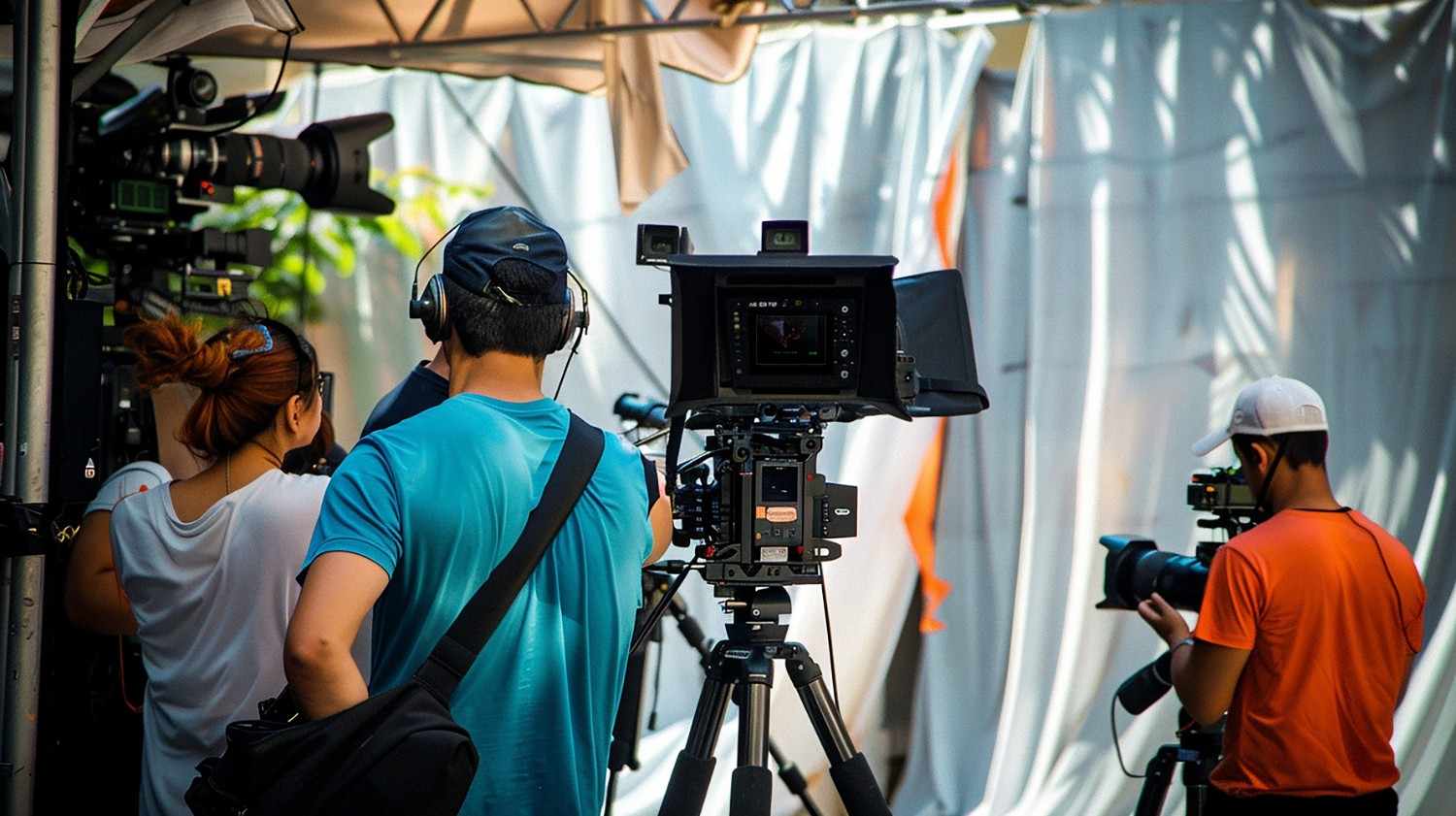

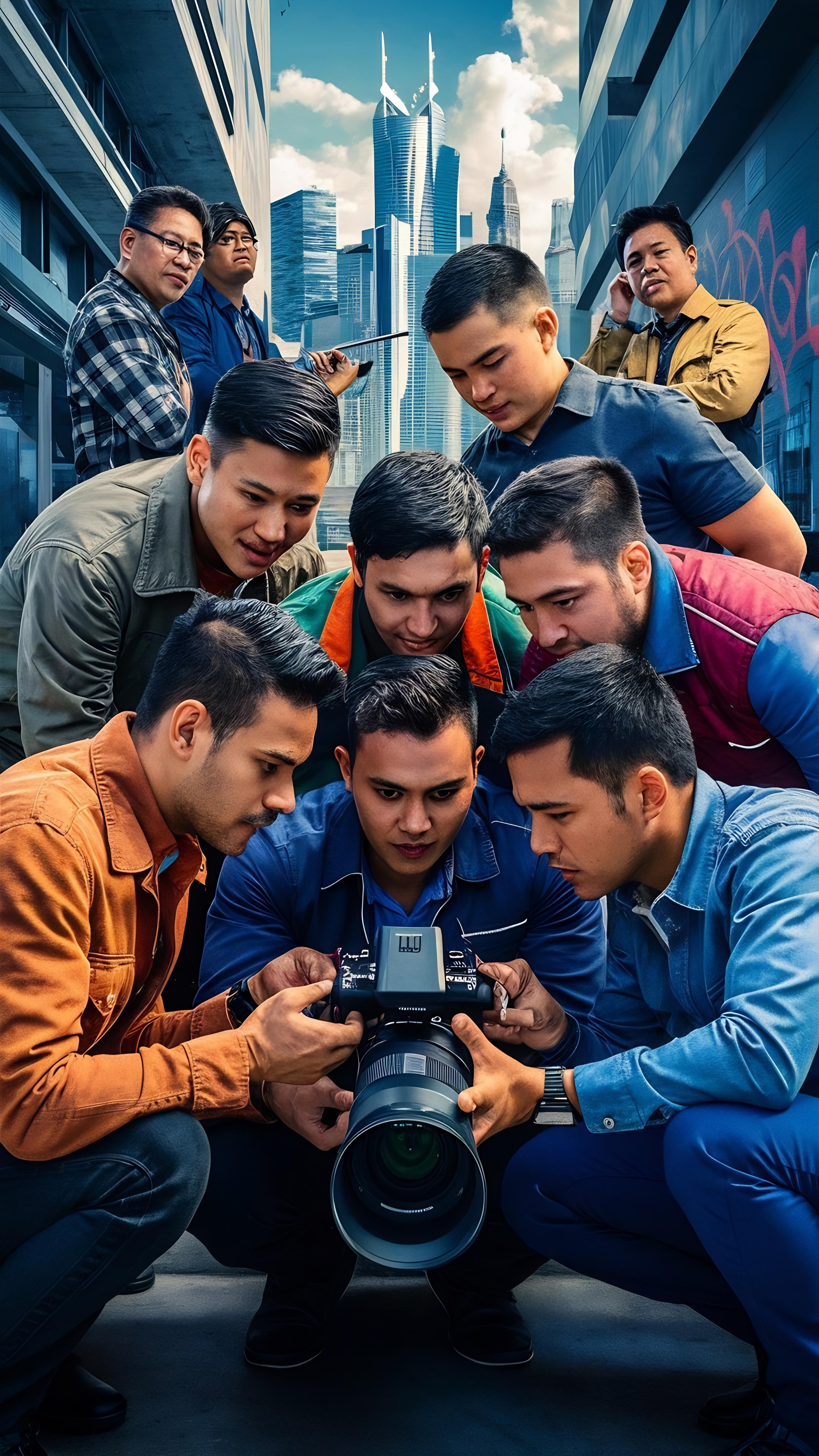
.jpg)




.png)


.jpg)
.jpg)

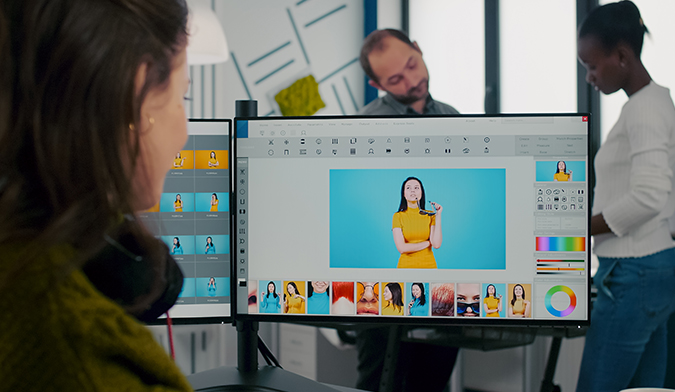
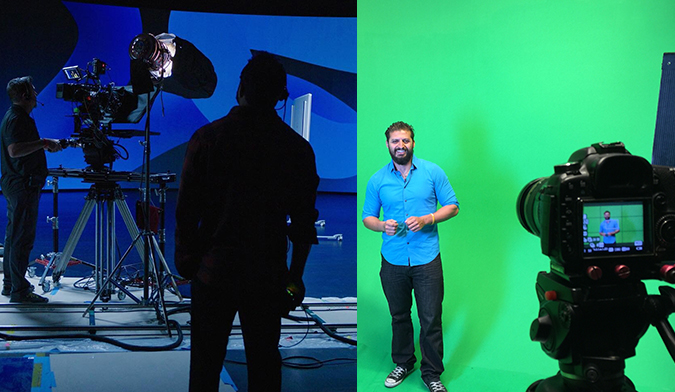



.jpg)

.jpg)

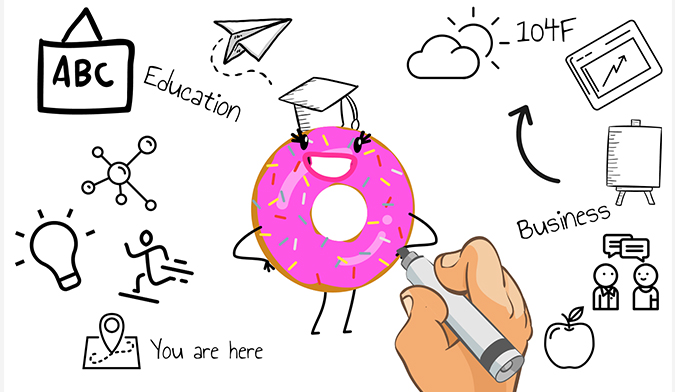
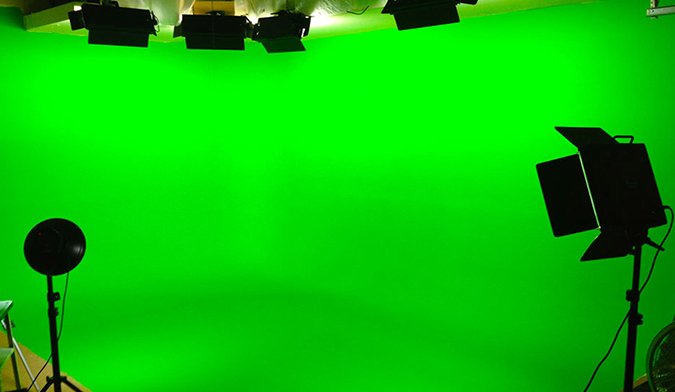
.jpg)

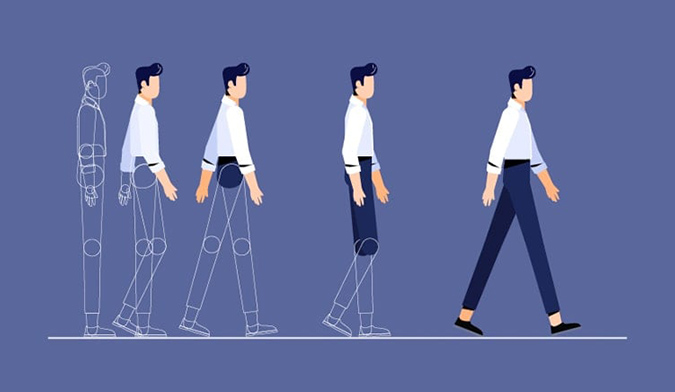


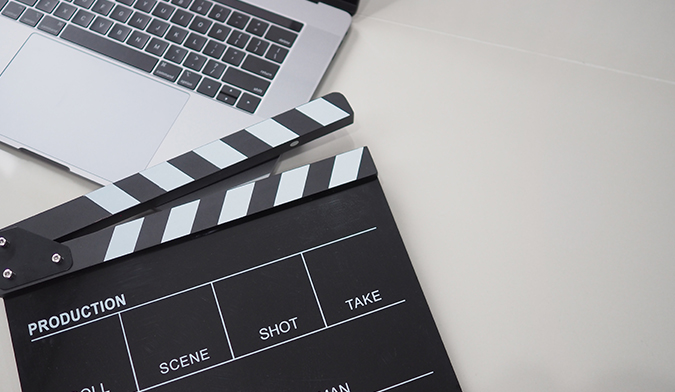
.jpg)
.jpg)
.jpg)
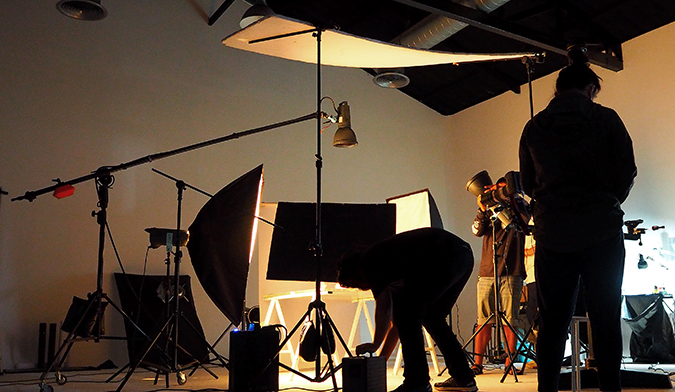

.jpg)

.jpg)
.jpg)

.jpg)
.jpg)
.jpg)
.jpg)
.jpg)
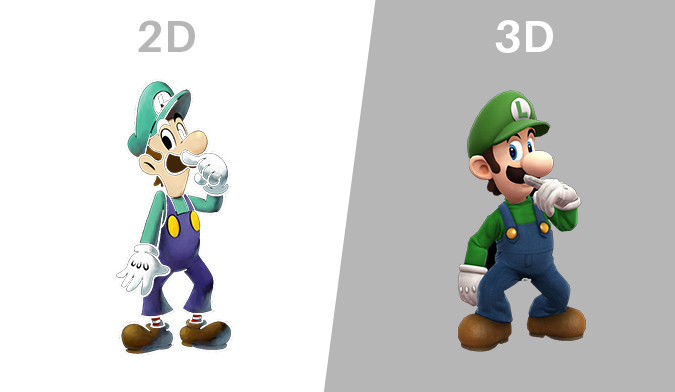
.jpg)
.jpg)
.jpg)

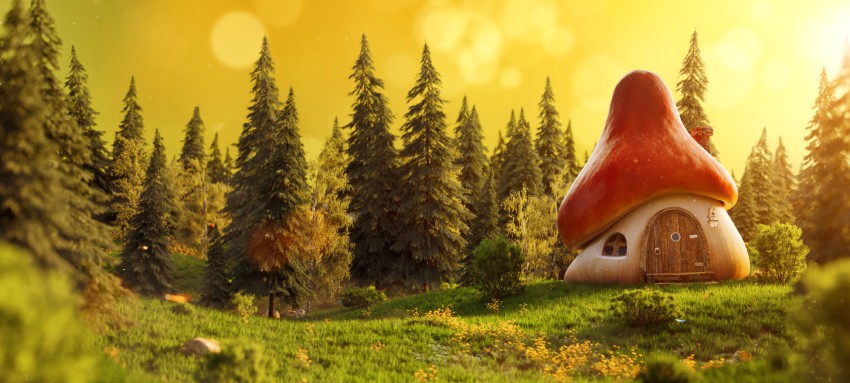
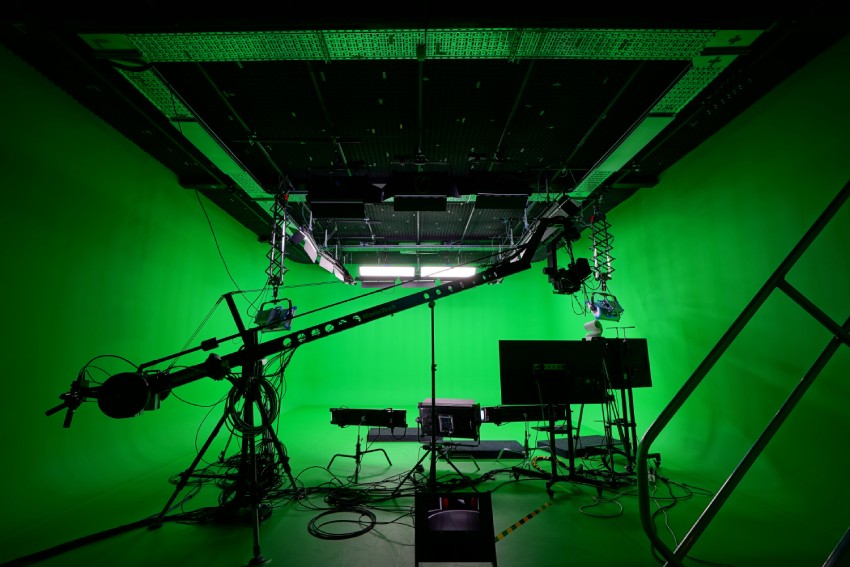
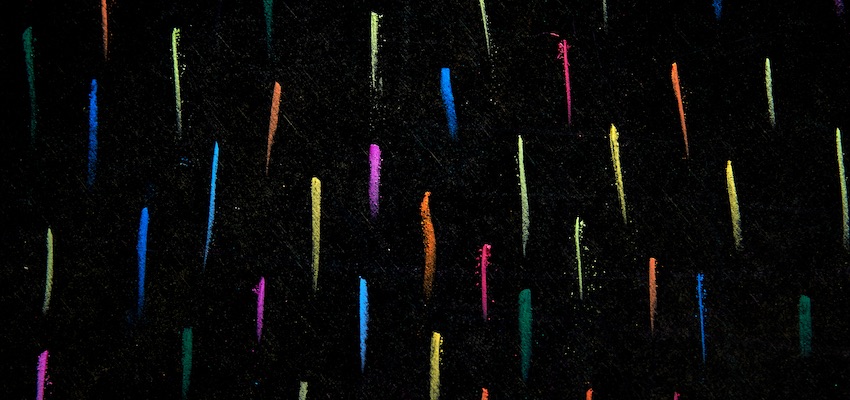












.jpg)




.jpg)
.jpg)
.jpg)
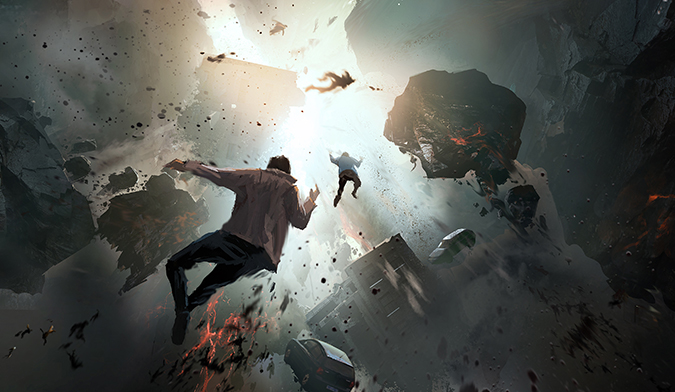
.jpg)
.jpg)
.jpg)



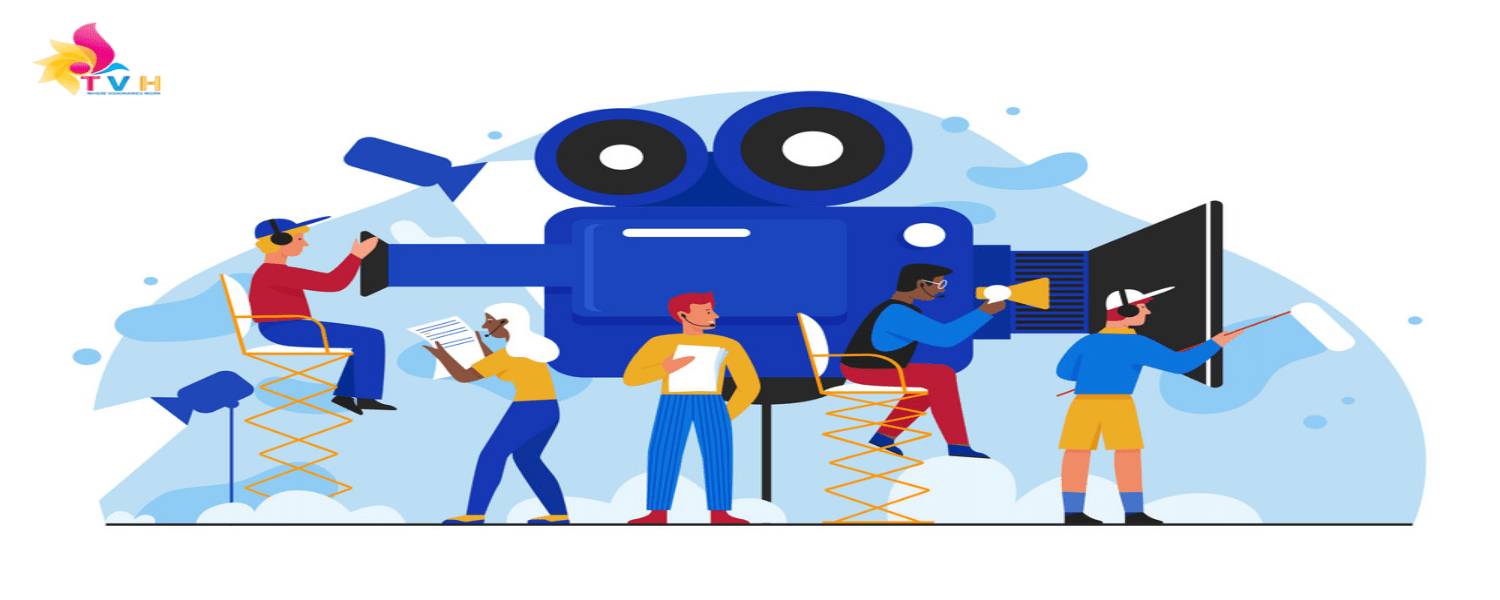

.jpg)
.jpg)
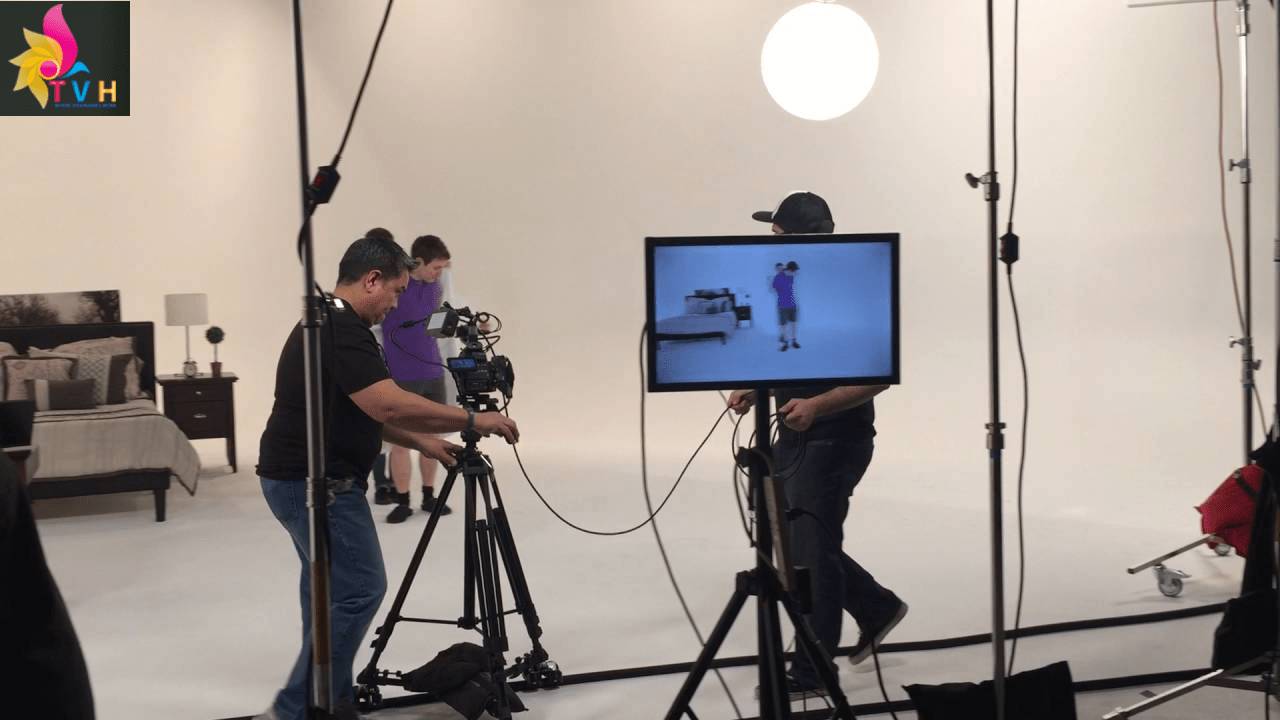


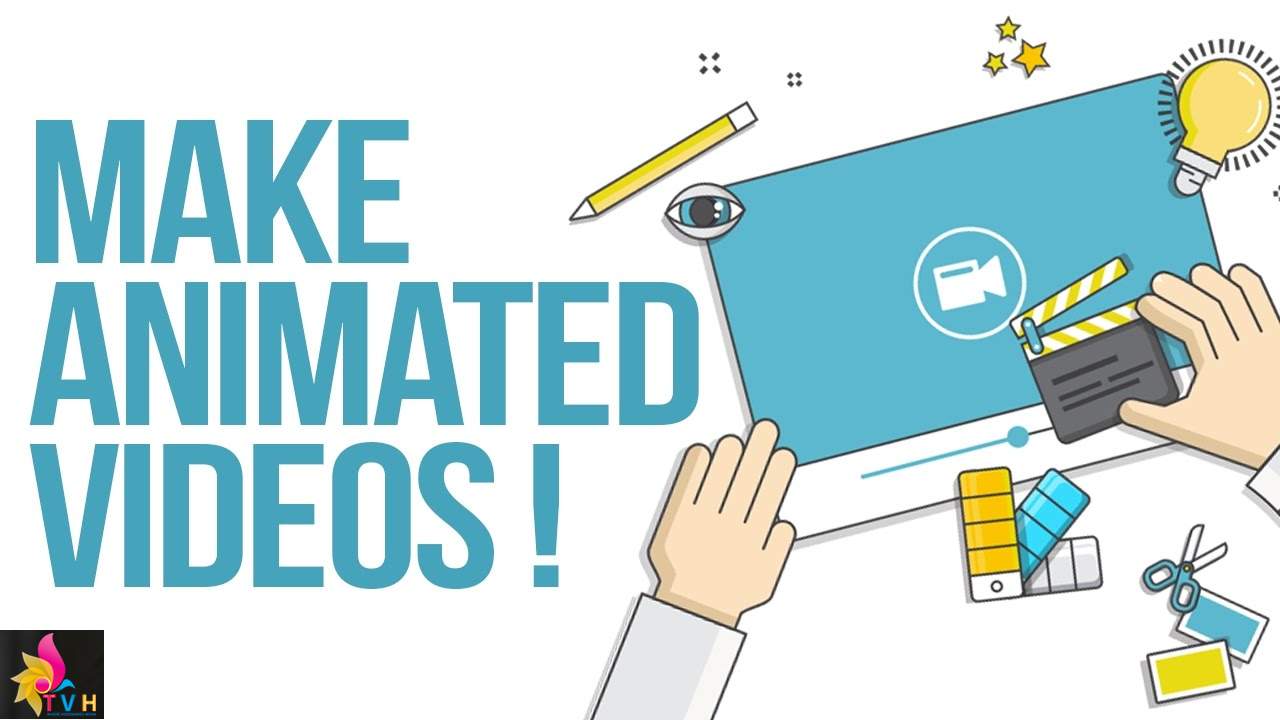

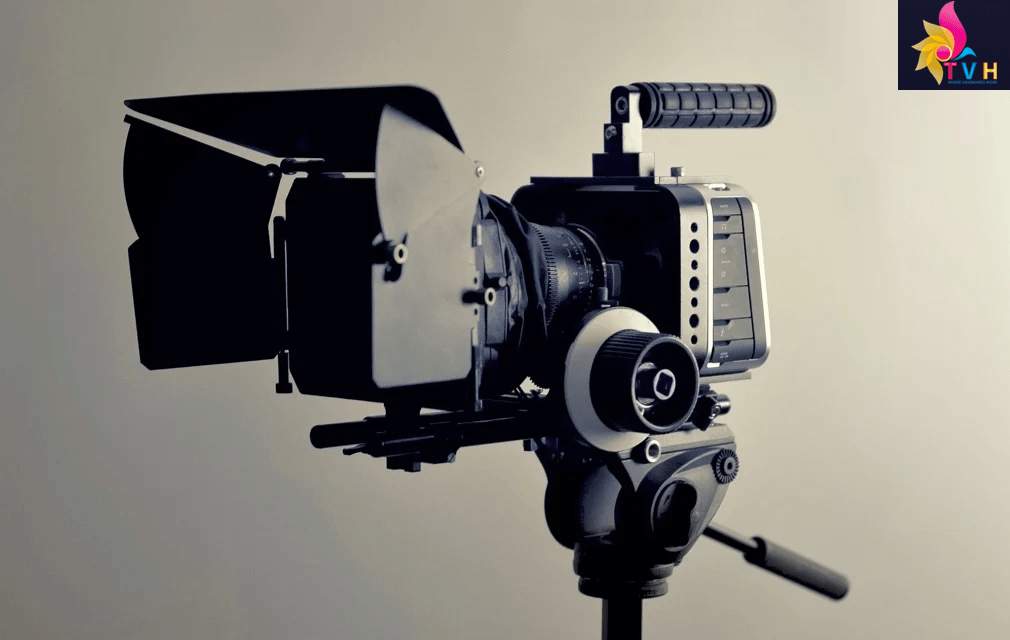


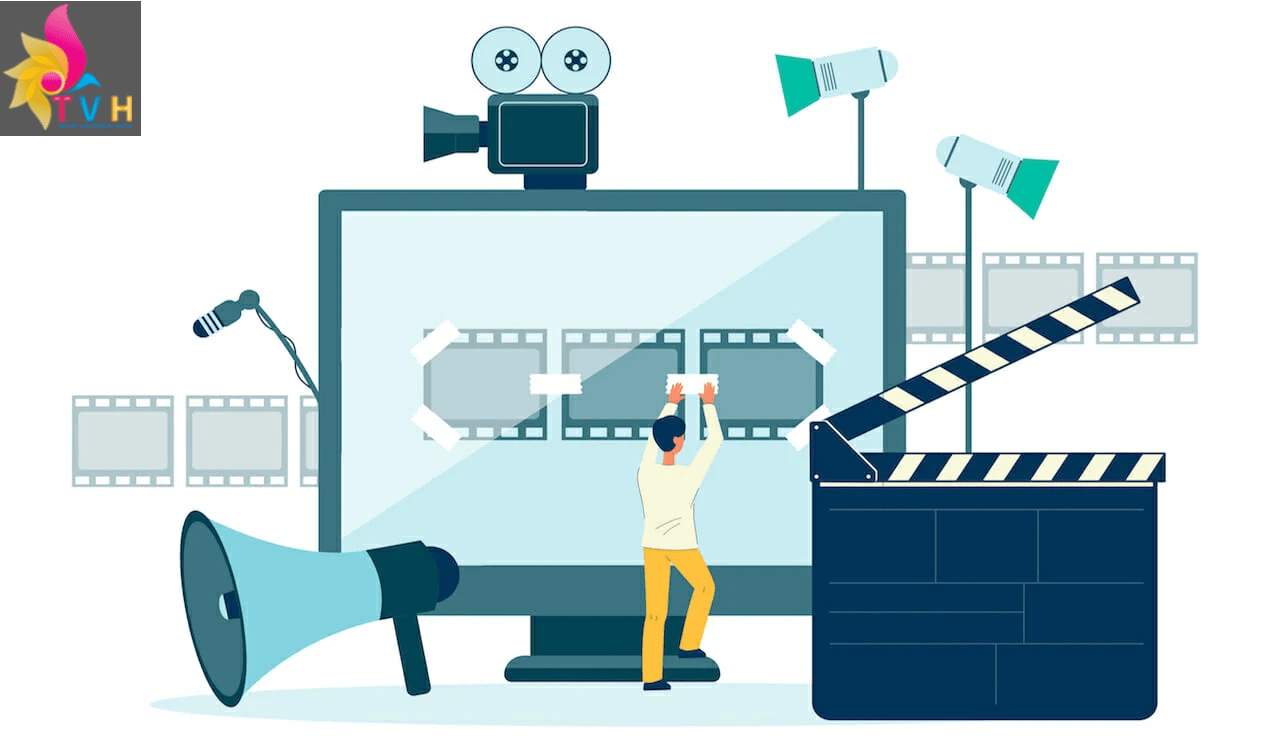


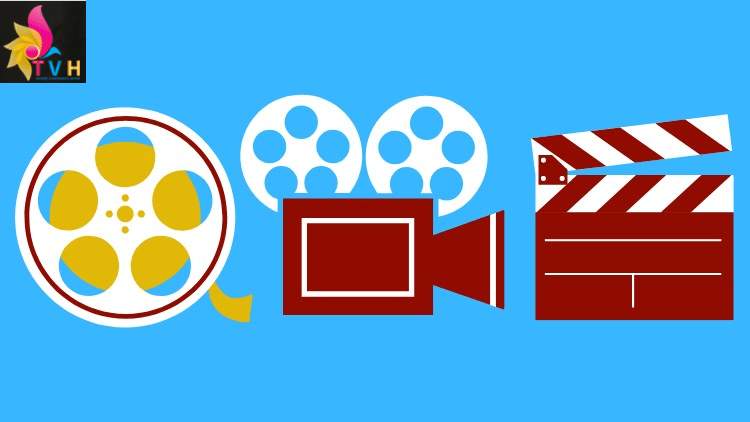

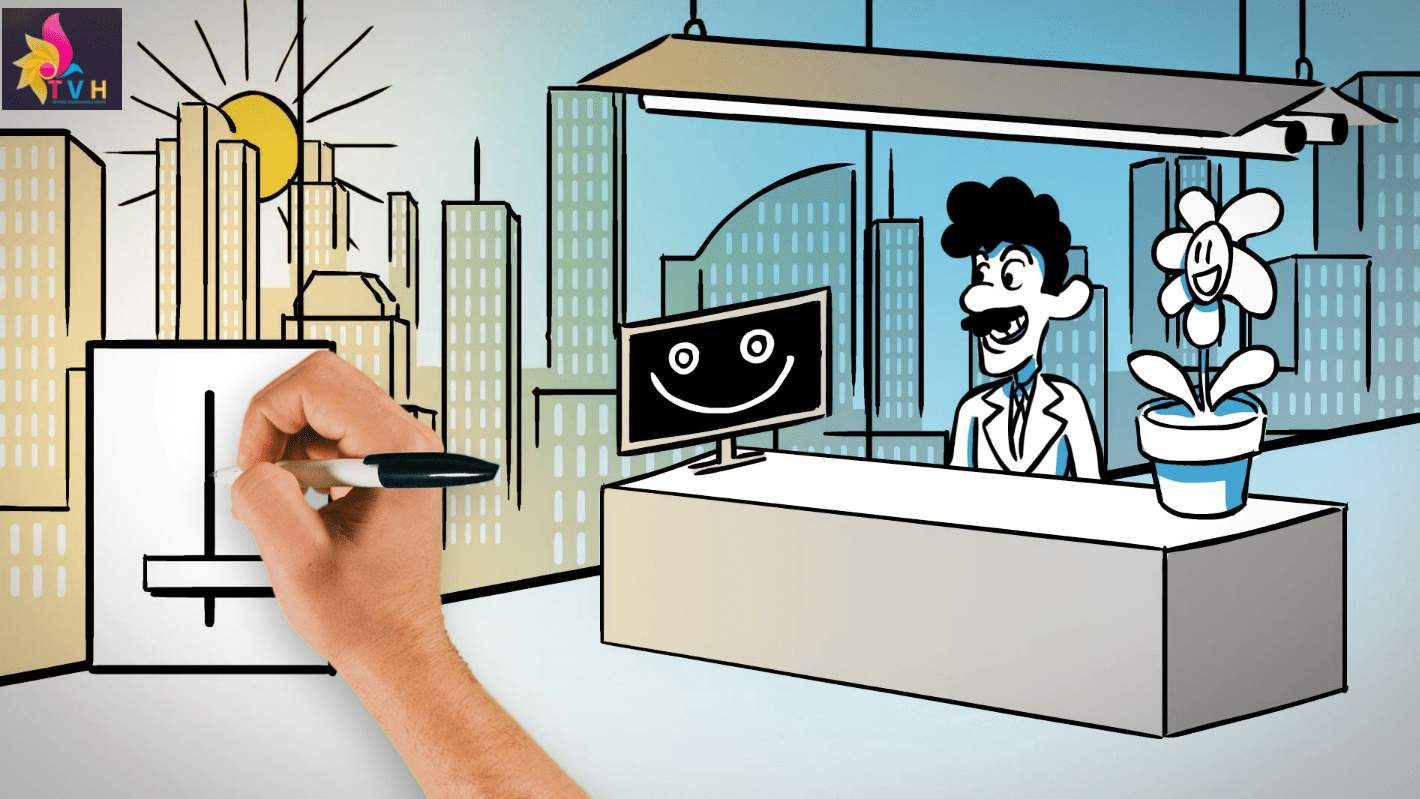


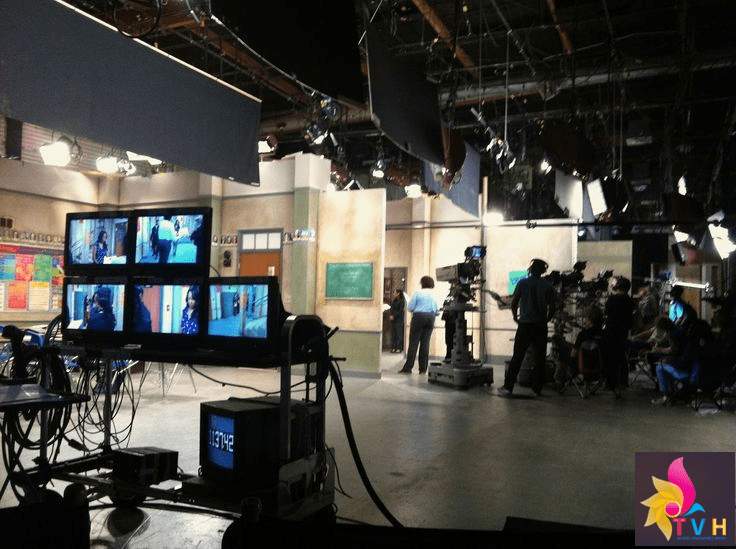


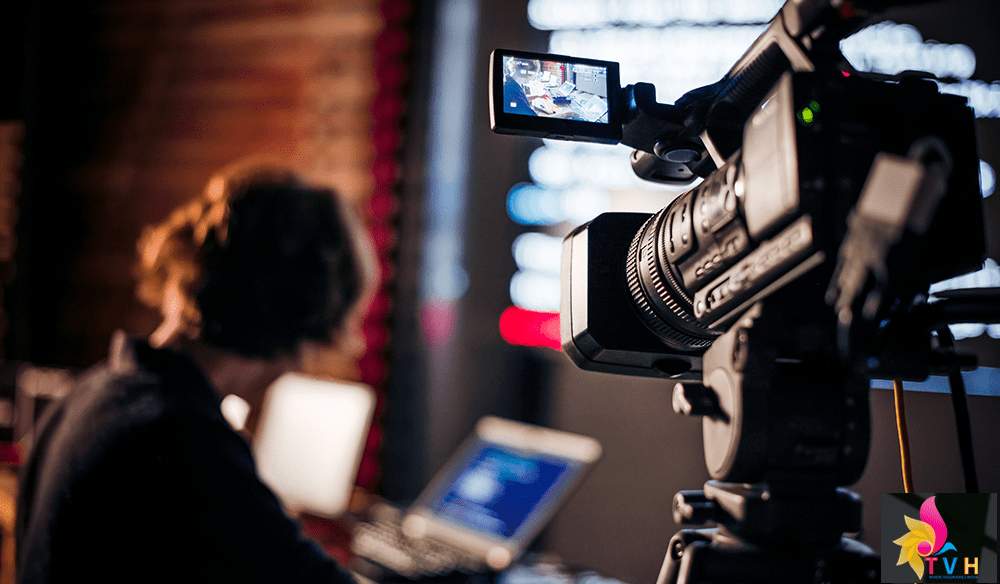

.jpg)
.jpg)
.jpg)

.jpg)
.jpg)
.jpg)
.jpg)












.jpg)
.jpg)
.jpg)
.jpg)
.jpg)
.jpg)


.jpg)
.jpg)
.jpg)
.jpg)
.jpg)

.jpg)
.jpg)
.jpg)
.jpg)
.jpg)
.jpg)
.jpg)





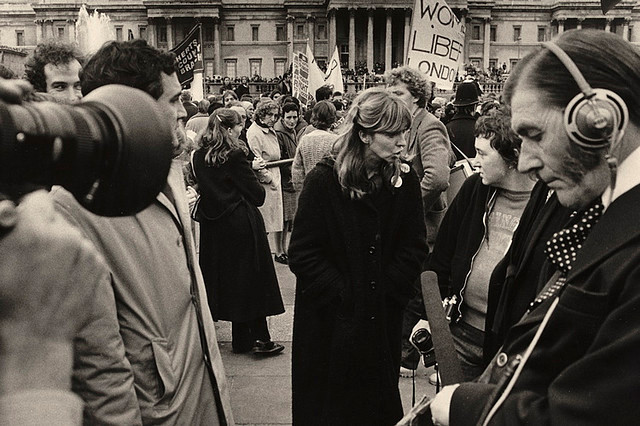
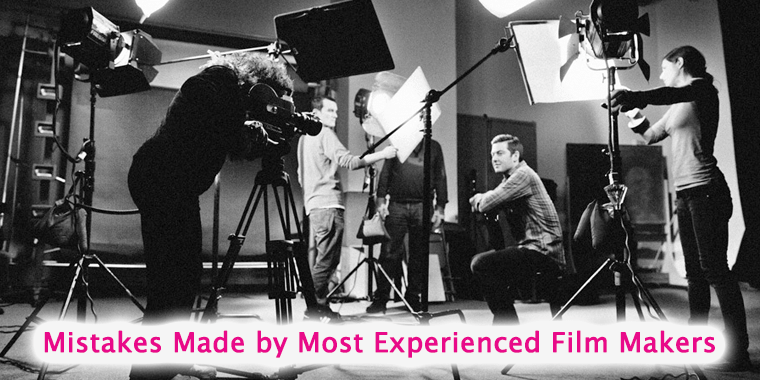
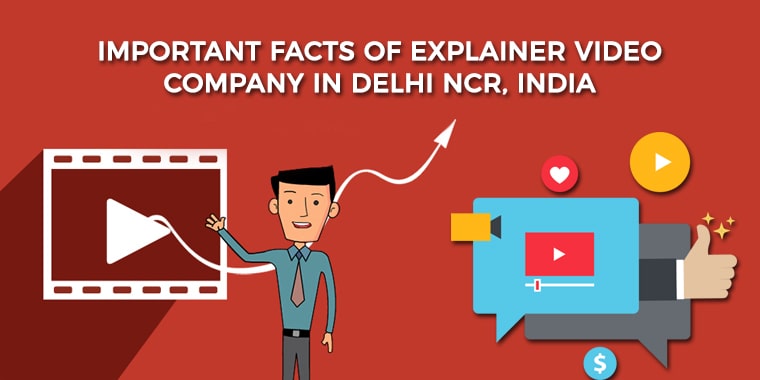
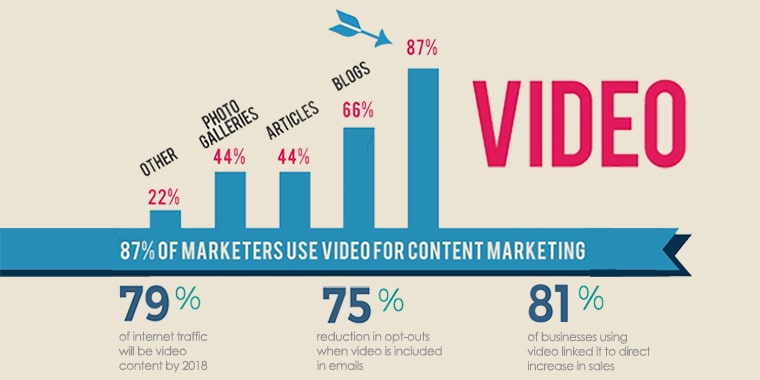


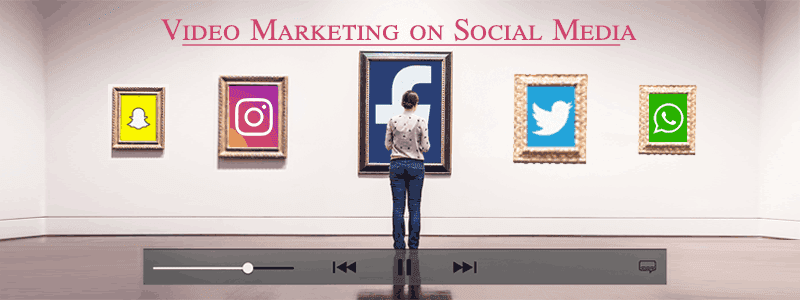





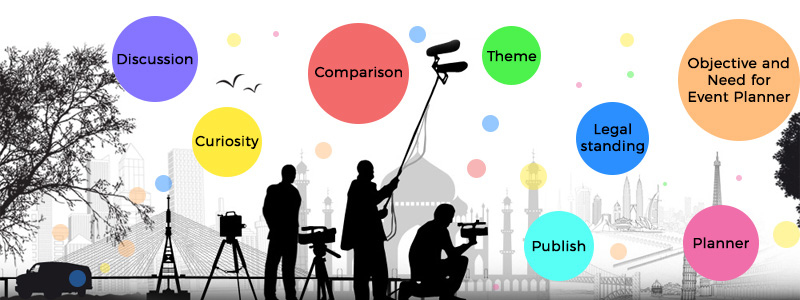


.jpg)
.jpg)
